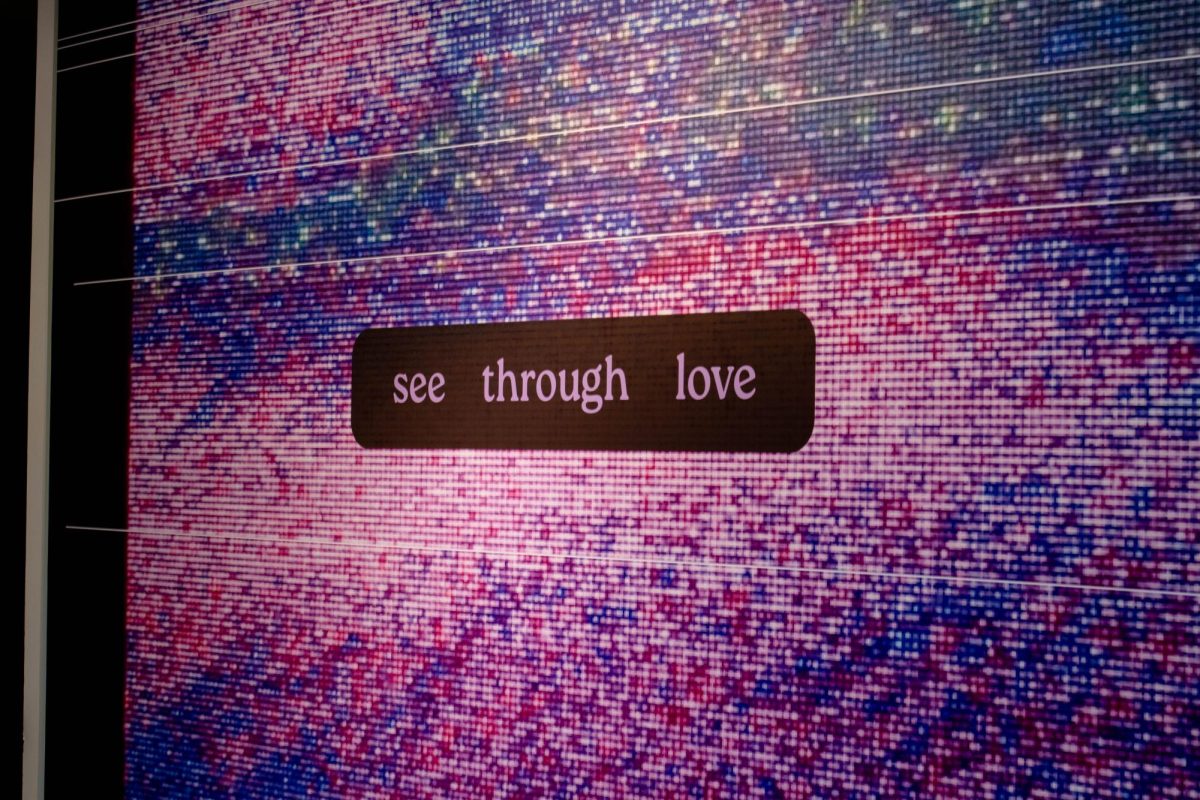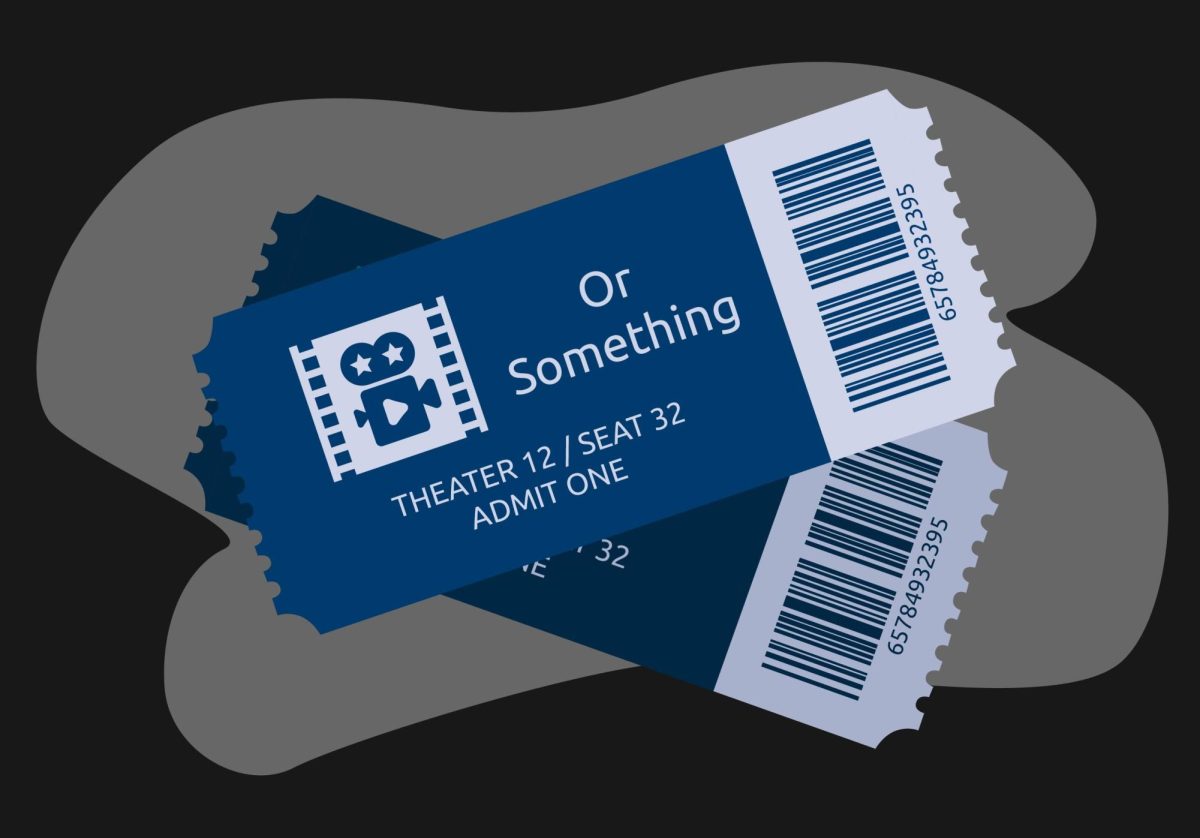Wide release
Rated: PG
Directed by: Ang Lee
Starring: Suraj Sharma, Irrfan Khan and Adil Hussain
Opens Nov. 21
Lost in the Pacific Ocean after a shipwreck, Pi Patel only has a Bengal tiger as company for 227 days. The tiger, alternating between carnal and cooperative, becomes the force that maintains Pi’s will to survive. Behind the brooding eyes of the tiger lies the crux of the story — Pi’s fundamental struggle for survival.
Based on Yann Martel’s 2001 Man Booker Prize-winning novel, “Life of Pi,” director Ang Lee’s 3D film adaptation explores the eponymous character’s growth following immense tragedy — the loss of his immediate family. The surreal turn of events creates provocative questions of what constitutes a victim’s faith in stories.
“Life of Pi” gives a highly cerebral account of a shipwreck, cleverly framed within realism. Lee uses a fictional version of Martel to interview an aged Pi Patel (Irrfan Khan), looking back on his adventure at sea. Pi’s initial spiritual search buoys the narrative, allowing for profound questions on the power of stories.
Named after the French word for swimming pool, “piscine,” Pi recounts his childhood in Pondicherry, India and life around his father’s zoo. Entranced by Hinduism, Islam and Christianity, a young Pi incorporates these spiritual worlds with the curiosity of a New Age hippie. He also interacts with the zoo’s animals like Richard Parker, a Bengal tiger mistakenly named after the hunter that captured him.
When Pi’s parents decide to sell their zoo, a select group of animals and the Patel family board a Japanese freighter destined for Canada. What follows is a massive shipwreck, the impetus for a survival story as Pi spends his days stranded on a lifeboat. The scrawny adolescent Pi (Suraj Sharma) must cope with trying to keep a Bengal tiger, hyena, zebra and orangutan from butting heads on the small lifeboat — an increasingly futile task as Pi is finally left with Richard Parker as his only companion.
Director Lee morphs the account into a 3D movie experience without the gimmicks associated with the technology. Lucid computer-generated sequences inundate a story bordering on claustrophobic. Lee shot most of the film in Taiwan and employed an international cast for “Life of Pi,” fitting for the story’s global scale.
Playing the role of Pi, 17-year-old newcomer Sharma exposes the story’s personal sense of journey — the actor from New Delhi didn’t even know how to swim at the beginning of the film’s production.
At times, Pi’s broad sense of spirituality bogs down an otherwise compelling personal drama about coping with disaster. The aged Pi narrating the story sounds all-knowing by the end of the film. His truisms and wisdom function to make the movie an all-inclusive, feel-good story but leave the conclusion somewhat hollow in its simplicity.
Lee strives to explicitly detail the story’s implications for Pi’s psyche while Martel’s novel leaves that mode of interpretation to the reader. Forcing a knee-jerk reaction at the conclusion of “Life of Pi,” the frame story’s ending feels strained. Martel’s stand-in explains the narrative’s symbols for the audience. Lee’s adaptation still makes an allegorical tale highly palpable for all audiences, something remarkable given the novel’s psychologically-driven narrative.
When Pi finally washes ashore on a coast in Mexico, he recounts his incredible story to two officials from Japan. Skeptical of the account, they ask for the true version of the events. Lee’s storytelling mastery depicts Pi’s struggle to accept reality. If Lee employs any over-reaching statements, it’s to better serve a greater unveiling of personal truth, rather than factual accuracy.
“That’s what fiction is about, isn’t it, the selective transforming of reality?” Martel writes in his preface to the novel, “The twisting of it to bring out its essence?”
Three out of four stars







